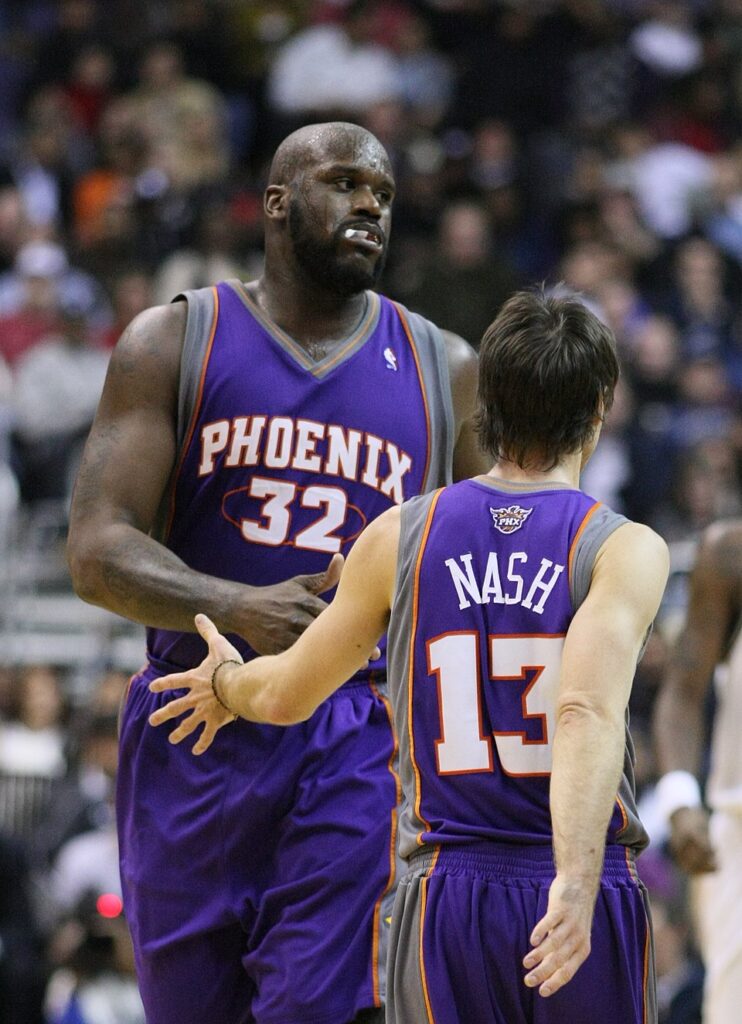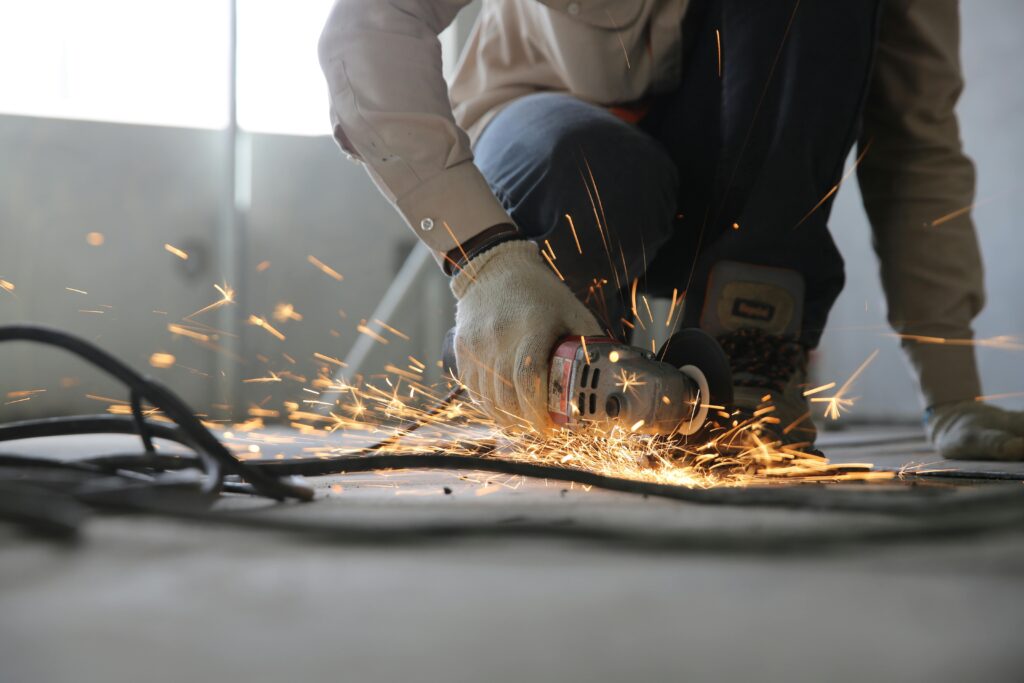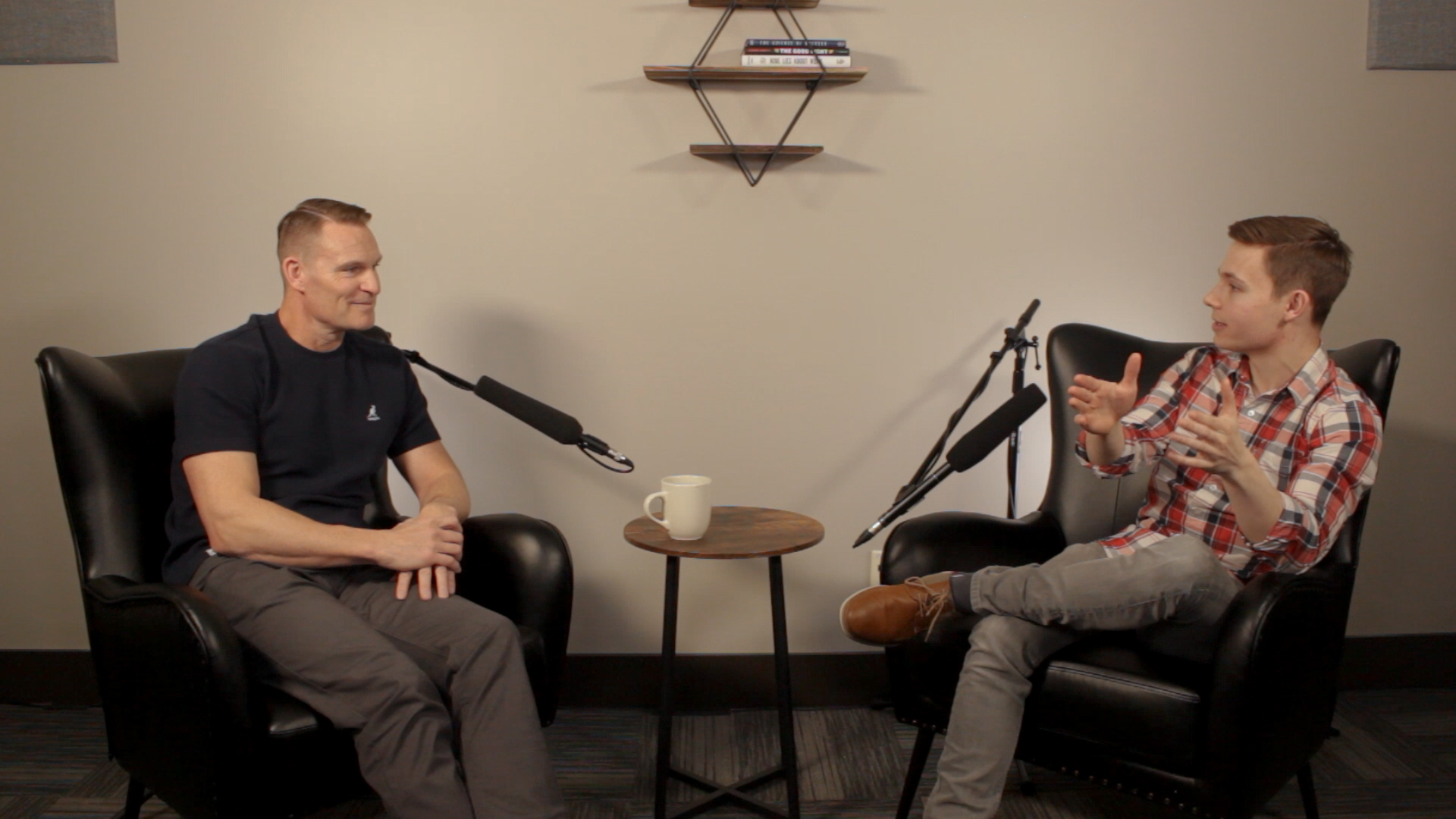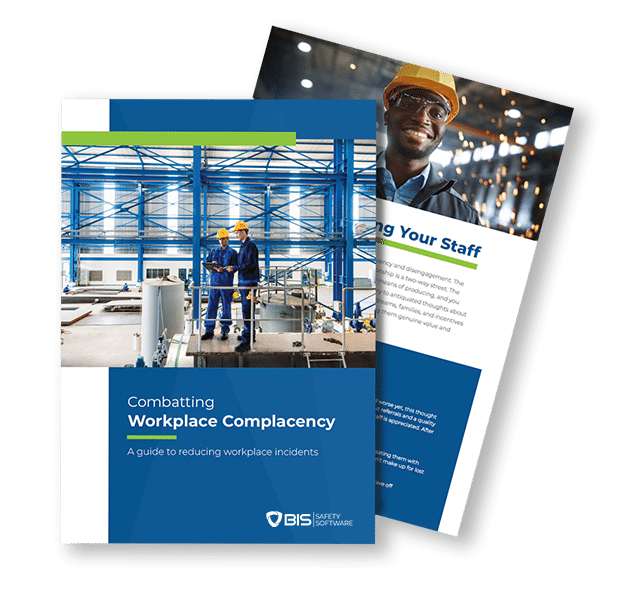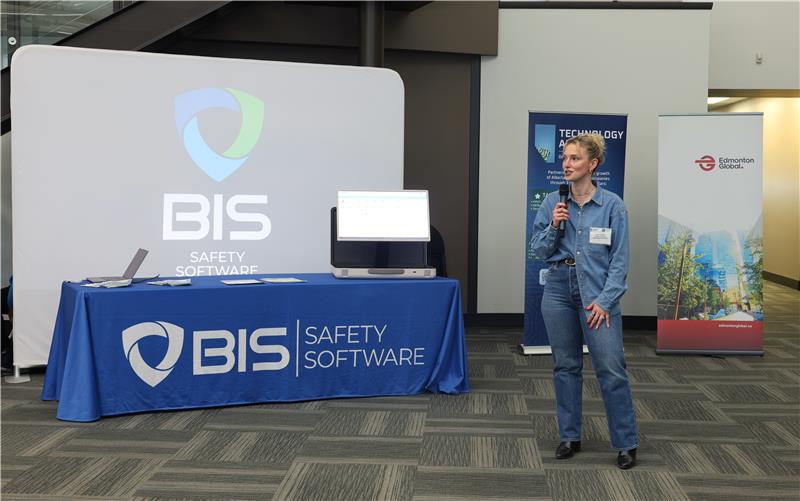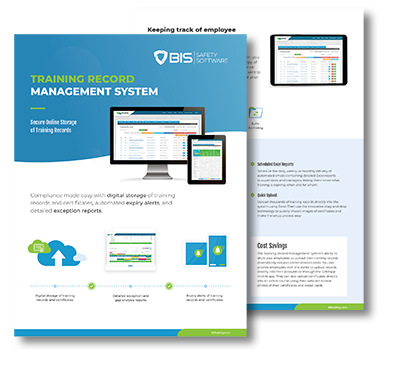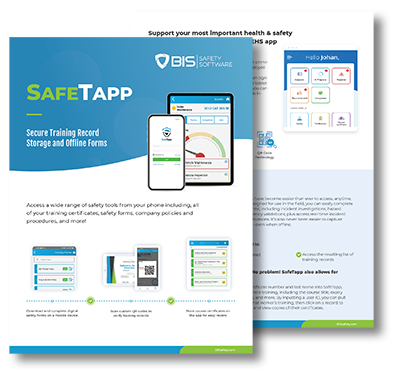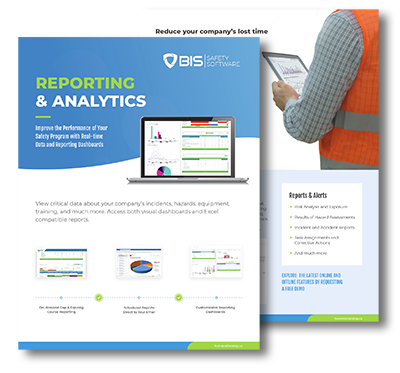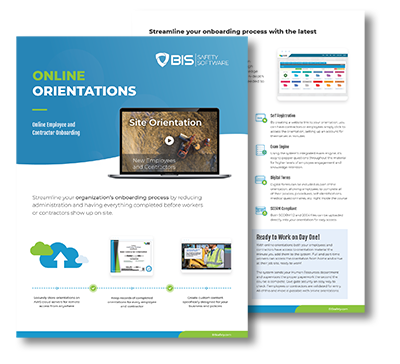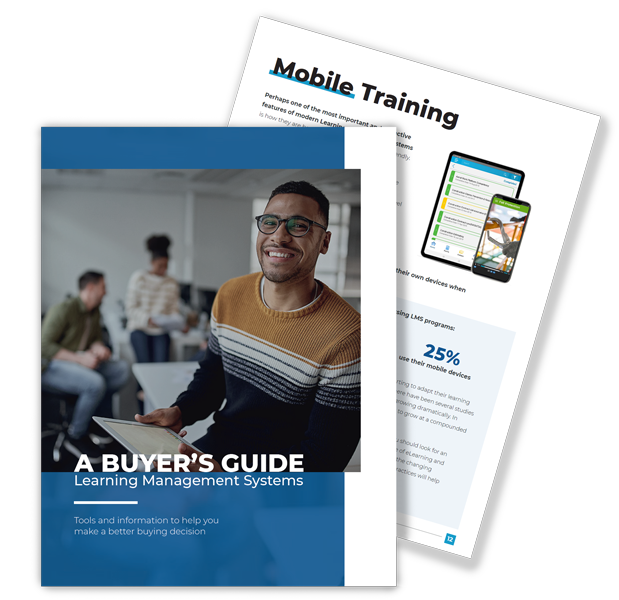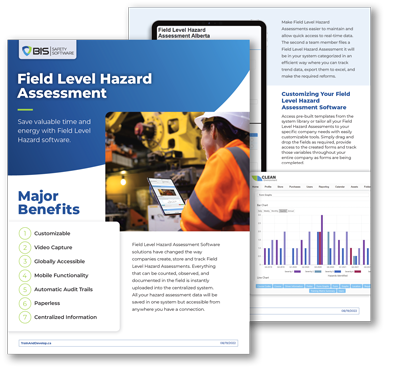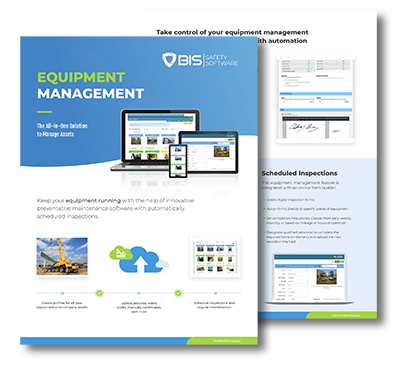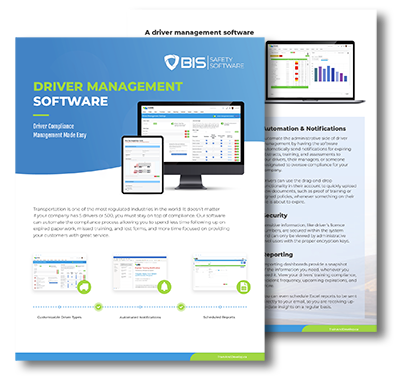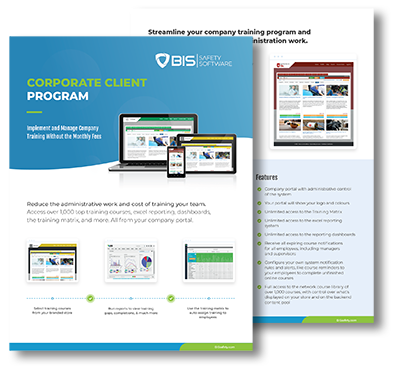
There are no straight lines in safety. Nobody takes the same road into safety. Some come from battlefields. Others, boardrooms. A few stumble in by sheer accident—or bold luck. These aren’t cookie-cutter professionals. They’re the kind of people who stare down chaos and say, “I can make this better.”
What connects them isn’t a resume. It’s mindset. Grit. An unshakable drive to protect people and rebuild systems from the ground up. They enter the field with no map, only instinct, and they end up creating the maps others follow. These leaders didn’t study safety in school. They lived it. They bled it. Then they flipped the script.
The VR Visionary

Jennifer Lastra started deep in the U.S. Navy—an electrician working on warships. Inside cramped, high-voltage guts of a ship, she learned discipline and how to solve problems before they exploded. After the Navy, she dove into shipbuilding, then defense manufacturing. She worked on projects like the USS Ronald Reagan aircraft carrier. Loud, dirty, unforgiving. That work taught her the consequences as much as the rules. Then came a turning point: virtual reality.
“When you can emotionally connect with a learner, you’ve got them. That’s where you start to build memory.”
Jennifer didn’t chase tech for the bells and whistles. She saw it as a bridge—a tool that could take rote safety training and make it unforgettable. Today, her company crafts fully immersive simulations that show, don’t just tell. It puts workers in real scenarios where their choices matter. One misstep = Game Over. Push start. Try again. Try better. Try smarter.
Her goal is massive: impact a million lives each year — but she’s adamant this isn’t a numbers game. Rather, it’s a redefinition of learning on the job site.
The Banker Who Rebuilt a Safety Culture

Jeff Mulligan ran companies before he ran safety programs. He knew numbers. He knew operations. But most of all, he knew people. When he joined Aztec, he didn’t walk in with a toolbox. He walked in with questions.
“Do they see safety as something to work around, or are they proud of the way they protect their people?”
Jeff saw that most safety programs fell apart because the rules lacked heart. So he started listening. Walking job sites. Asking workers what they thought, what they feared, and what they needed. He turned those answers into action. He rebuilt culture from the ground up. Where there was apathy, he injected pride. Where there was blame, he introduced accountability. His approach turned mandatory checklists into moments of care and caution. And once the culture shifted, safety metrics followed.
Translator Turned Trailblazer

Allan James Moore was working as a translator in Taiwan—fluent in Mandarin, sharp in business. But he wasn’t chasing safety. It found him. He overheard a conversation about a leadership role in health and safety. He wasn’t on the list. So he put himself there.
“Be bold. Risk safely. Succeed without invitation.”
He jumped into the unknown. No credentials, no formal training. Just guts. Allan leaned into mentorship, translated global HSE policies, and absorbed everything he could. It wasn’t long before he became the guy others turned to for answers. His edge came from experience and a high-performance mindset. Inspired by athletes like Steve Nash, he preaches deliberate practice. That is, doing the right things on repeat until they’re second nature. His story reminds us that leadership isn’t handed out. It’s claimed.
Psychologist Turned Cultural Architect

Dr. Johanna Pagonis began her career with therapy in mind. She studied psychology with dreams of helping families. But she soon realized the systems people lived in—and worked in—were the bigger problem. She pivoted. Moved into learning and development. Built leadership programs. And discovered that workplaces, like families, run on communication and trust.
“You can have the best systems and processes, the best checklists, the greatest equipment. But if people aren’t empowered to use them, you will always fall short.”
Today, Johanna specializes in building cultures where employees feel psychologically safe. That means leaders who listen. Feedback that flows. Environments where it’s okay to speak up before something goes wrong. She blends clinical insight with business smarts. The result is a shift from reactive to proactive. Her toolkit includes coaching, emotional intelligence, and system-wide accountability. She doesn’t just fix broken teams. She rebuilds from within.
The Roughneck with a Global Footprint

Jeremy Desilets was a boots-on-the-ground guy. He started on oil rigs, dealt with danger firsthand. He saw how complicated and bloated most safety systems were. Then came the layoff. And instead of folding, Jeremy founded Clearline Safety.
“I work with people who want to make it simpler. It doesn’t have to be that difficult.”
His mission was clear: strip out the noise. Get back to basics. He built tools that worked where it mattered—in the field. That meant fewer forms, clearer language, and real-time decision support. Today, his client list spans big industry players, but Jeremy still answers his phone. His company’s success comes from a core belief: if the system doesn’t serve the worker, it’s broken. And if it’s broken, you fix it. He was a boots-on-the-ground guy who turned firsthand danger into insight.
The Entrepreneur from the Wreckage
Brett Burkard learned about safety under live gunfire. His company installed potable water systems for U.S. forces in Iraq. Installations while dodging mortar fire.
“We had ordinance go off close enough to be sprayed with hot dirt. You plan for what you can, and then you adapt.”
Brett returned home with a sharpened edge—the kind forged under pressure. He built Titan Environmental with a foundation of adaptability and planning. In his world, uncertainty isn’t a risk. It’s a constant. He pushed for safety processes that could flex without snapping. His teams train hard, plan hard, and stay ready. His leadership combines military precision with entrepreneurial agility. The idea being you shouldn’t be responding to crisis more than staying ahead of it.
The HR Leader Who Took the Helm
Carolynne Heron wasn’t gunning for a safety title. But when her CEO handed it to her, she didn’t flinch. “I just need leadership,” he said.
She delivered. “It wasn’t about knowing every regulation. It was about making people feel supported.”
With an HR background, Carolynne brought something rare to the safety table: empathy. She didn’t memorize codes. She talked to workers. Built mentorship networks. Made feedback loops visible. And she created environments where new hires felt safe speaking up. Her programs didn’t chase compliance. They inspired care. Carolynne proved that sometimes, the best safety leaders come from outside the safety world.
The Consultant Who Sees the System
Kevin Swinden has seen more job sites than most people see coffee shops. Over the years, he noticed something: safety problems often weren’t about people breaking rules. They were about systems setting people up to fail. He didn’t scold. He studied. He mapped workflows, flagged inefficiencies, and redesigned operations. Across construction, energy, and transportation, his work made organizations run smarter, not harder.
Kevin isn’t interested in catching mistakes. He’s interested in eliminating the conditions that cause them.
The Blueprint for Reinvention
There’s no single way into safety. These leaders didn’t wait for the right credentials or the perfect job posting. They found gaps and filled them. They asked questions, challenged assumptions, and made people matter again. They built empires not on titles, but on action. On showing up, speaking up, and staying when things got hard.
So here’s the question: What blueprint are you building?
Because the next reinvention could be yours. Safety’s next chapter might start with your story.


